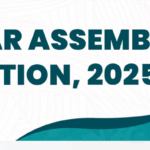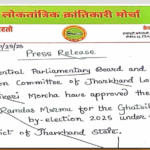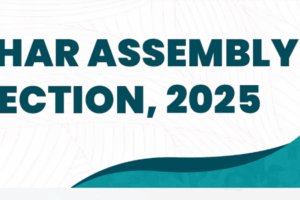India, a diverse nation with a rich cultural heritage, grapples with literacy disparities across its states and union territories. Let’s delve into the intricacies of literacy rates, their causes, reforms, and the impact of the new education policy.
State-wise Literacy Ranking (Census 2011):
- Kerala (94.00%): Kerala leads the literacy chart, emphasizing education as a priority. High female literacy contributes significantly to its success.
- Lakshadweep (91.85%): This small union territory boasts impressive literacy rates, driven by community initiatives and accessible education.
- Mizoram (91.33%): Mizoram’s focus on education and cultural preservation has yielded remarkable results.
- Goa (88.70%): Goa’s vibrant educational ecosystem and multilingual approach contribute to its high literacy.
- Delhi (86.21%): Despite challenges, Delhi’s literacy rate reflects urban development and educational infrastructure.
Causes and Challenges:
- Gender Disparities: Gender gaps persist, with female literacy lagging behind male literacy in many states.
- Rural-Urban Divide: Rural areas face infrastructure gaps, teacher shortages, and limited access to quality education.
- Poverty: Economic constraints hinder educational opportunities for marginalized communities.
- Language Barriers: Multilingual India faces language-related challenges in education.
Reforms and Steps Forward:
- Quality Over Quantity: Prioritize quality education, teacher training, and curriculum enhancement.
- Digital Literacy: Leverage technology for widespread literacy programs.
- Community Involvement: Engage local communities, NGOs, and volunteers to promote literacy.
- Vocational Training: Equip learners with practical skills for employability.
- Inclusive Policies: Address gender, caste, and socio-economic disparities.
The New Education Policy (NEP):
- Holistic Approach: NEP emphasizes early childhood education, foundational literacy, and numeracy.
- Multilingualism: Encourages learning in regional languages alongside Hindi and English.
- Flexible Curriculum: Allows students to choose subjects based on interests and aptitude.
- Teacher Empowerment: Focuses on teacher training, professional development, and autonomy.











Add Comment